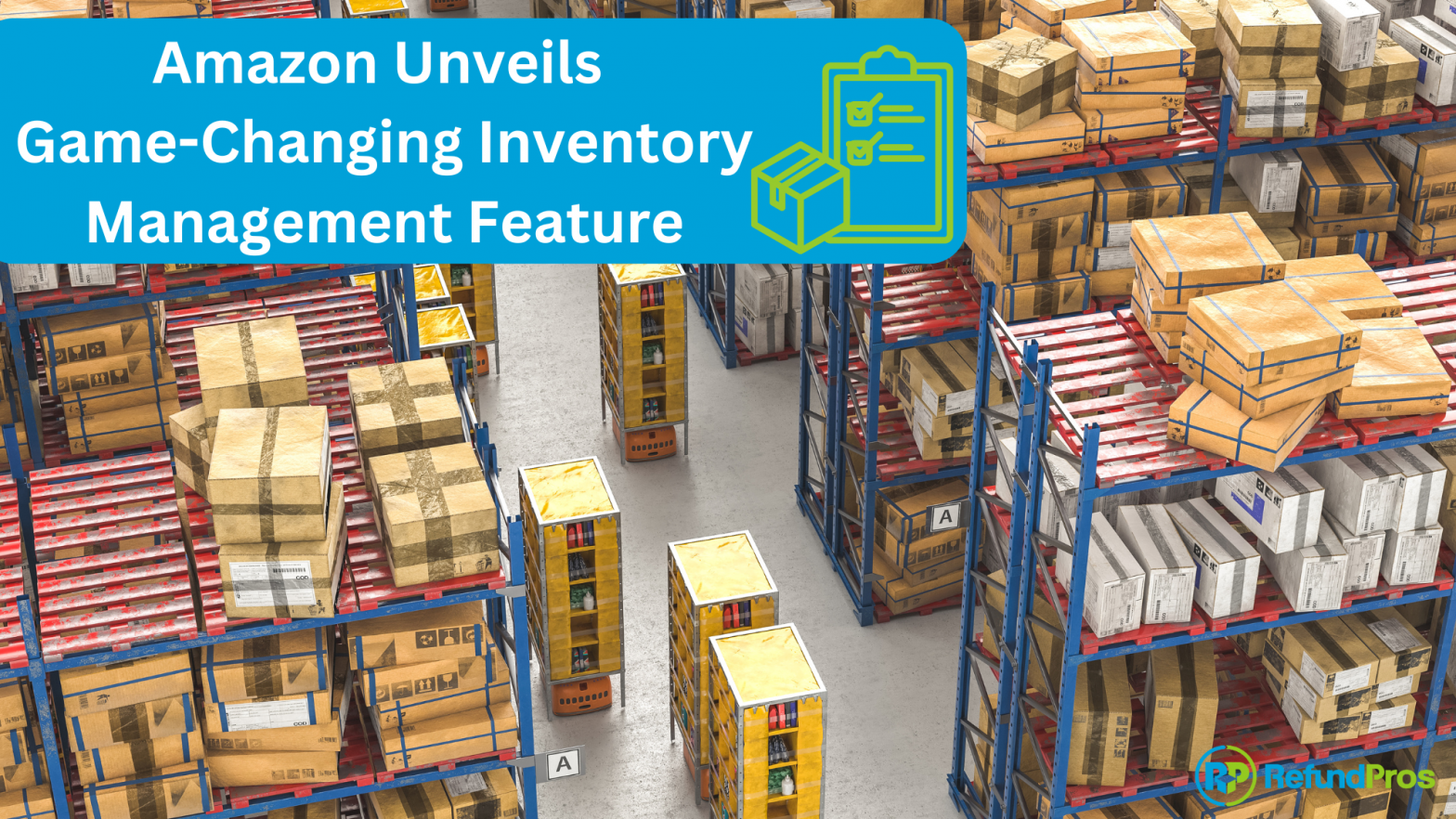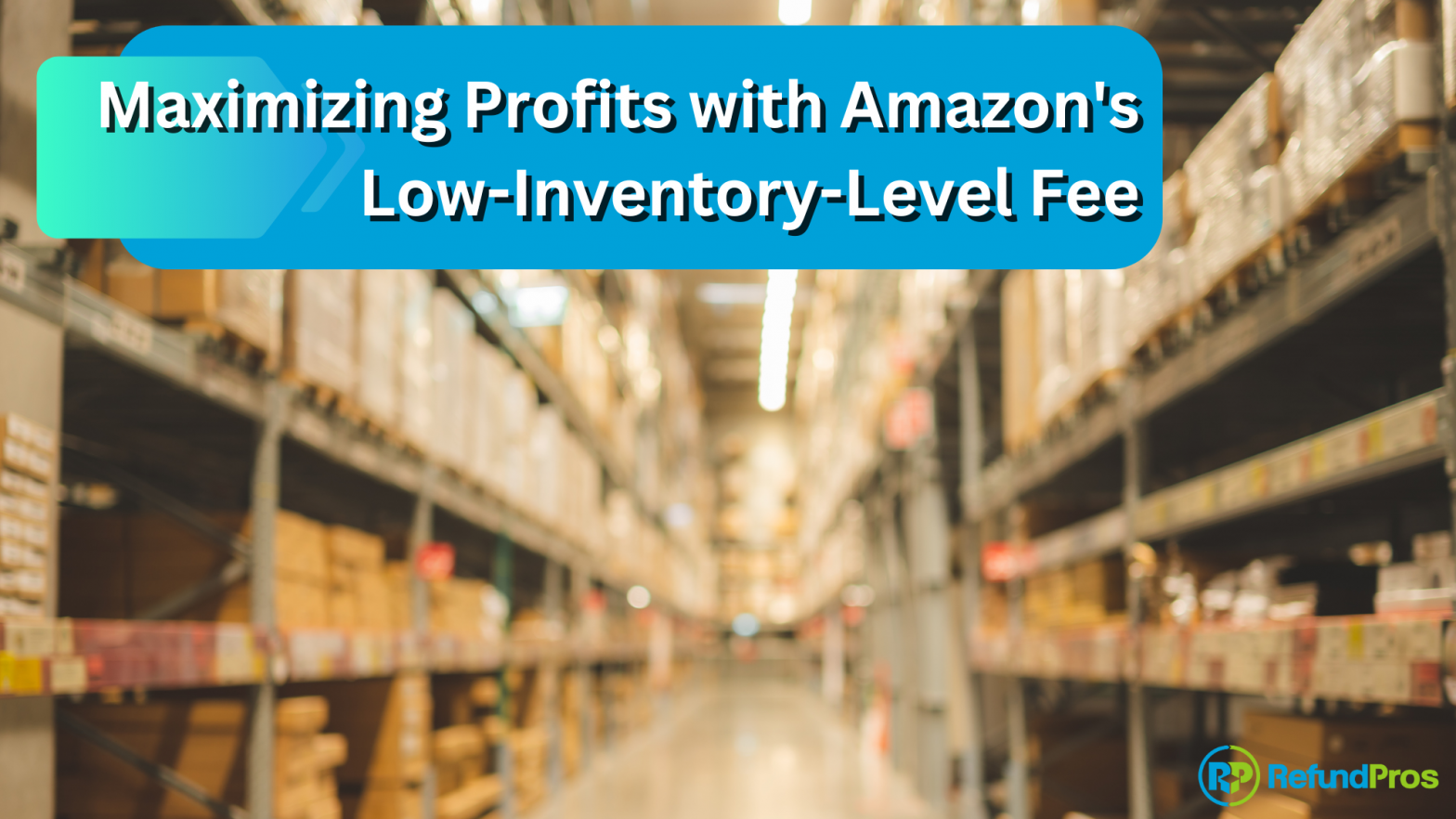In the vast ecosystem of Amazon’s online marketplace, there exists a lesser-known practice that might come as a surprise to many retailers. It involves Amazon using a retailer’s inventory to reimburse them for lost or damaged items within Amazon’s warehouses. Retailers must be aware of how it works and what it means for their business.
Understanding Amazon’s Reimbursement Policy:
Amazon’s reimbursement policy is designed to ensure that customers receive the products they order in excellent condition and on time. When items go missing or become damaged while stored in Amazon’s fulfillment centers, Amazon typically reimburses the retailer for the item’s value. However, what many retailers may not realize is that Amazon often utilizes the retailer’s previously owned inventory to fulfill these reimbursements:
“If we determine that your reimbursement claim is valid, we will replace the lost or damaged item with a new item of the same FNSKU or we will reimburse you for it.”
How It Works:
Lost or Damaged Items: When an item goes missing or is damaged in Amazon’s fulfillment centers, Amazon or an auditing partner investigates the cause. If Amazon is found responsible, it typically reimburses the retailer for the item’s value.
Reimbursement with Retailer’s Inventory: In some instances, rather than providing a monetary reimbursement, Amazon may use the retailer’s previously owned to fulfill the reimbursement. This means that Amazon takes one of the retailer’s identical products already in the warehouse and sends it to the customer. Amazon might taken ownership of these items from previously reimbursed Lost In Warehouse cases and from customers’ returns.
“We may dispose of any item for which we reimburse you under this policy, including by selling it. As a result, such items – including lost items that are found after reimbursement – may be listed for sale on Amazon warehouse or other channels.”
What Retailers Need to Consider:
Inventory Management: Retailers should maintain a vigilant eye on their inventory levels. Amazon’s history of losing and damaging items in its warehouses can impact its ability to fulfill customer orders, potentially resulting in lost sales.
Quality Control: Since Amazon may use a retailer’s lost inventory to fulfill reimbursements, retailers need to ensure that the quality of their products stored in Amazon’s warehouses meets their standards. Subpar inventory can lead to customer dissatisfaction and potential returns.
Communication with Amazon: Retailers should establish clear communication channels with Amazon regarding reimbursement policies. This includes understanding when and how Amazon might utilize its inventory and how it affects its overall business operations.
Regarding inventory reimbursement, auditing companies like RefundPros are increasingly becoming indispensable allies for retailers seeking to maximize their reimbursement opportunities.
Rather than charging upfront fees, these auditing firms often operate on a commission-based model. When Amazon assigns a monetary value to inventory for reimbursement, these auditing partners step in and, upon successful recovery, take a percentage of the reclaimed funds as their fee.
Nevertheless, at RefundPros, we have a notable and favorable policy on cases where Amazon successfully retrieves missing inventory and returns it to the seller’s sellable stock. In such instances, identified as Found Inventory, we do not charge any commission. This approach serves as a win-win scenario for retailers, acting as a profit booster. It underscores the commitment of RefundPros to fair and transparent practices that prioritize the financial well-being of the retailers they serve.
While Amazon’s use of a retailer’s inventory for reimbursement is designed to streamline the process and enhance customer satisfaction, retailers need to be aware of its implications. By staying informed and proactively managing their inventory and communication with Amazon, retailers can navigate this aspect of Amazon’s policies while ensuring the continued success of their online businesses.
Awareness, strategic planning, and a trustworthy auditing partner able to track and identify these Reversed Reimbursements are the keys to harnessing the power of Amazon’s marketplace to the customer’s advantage.






